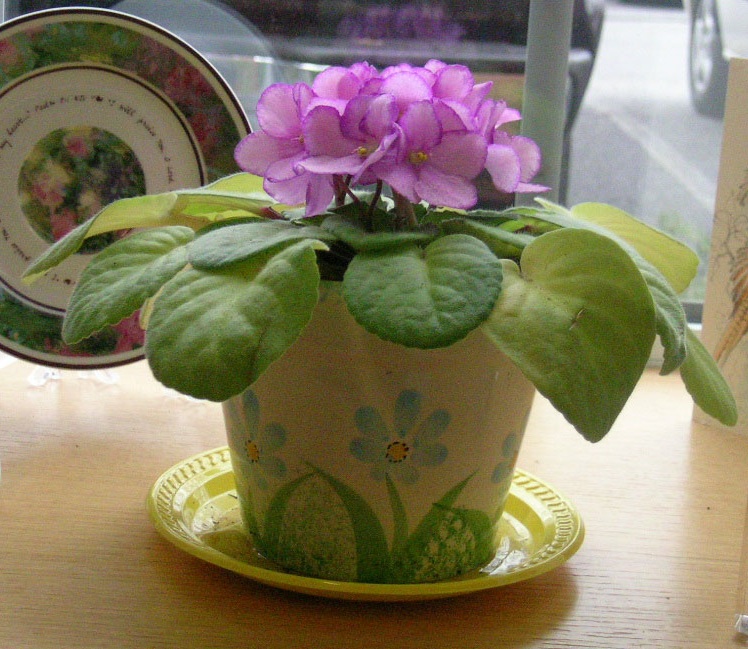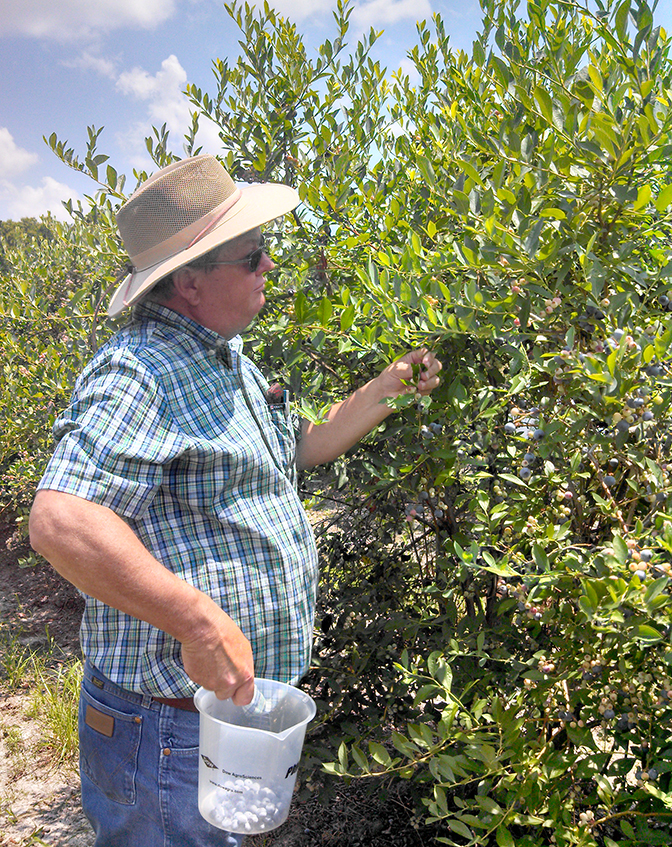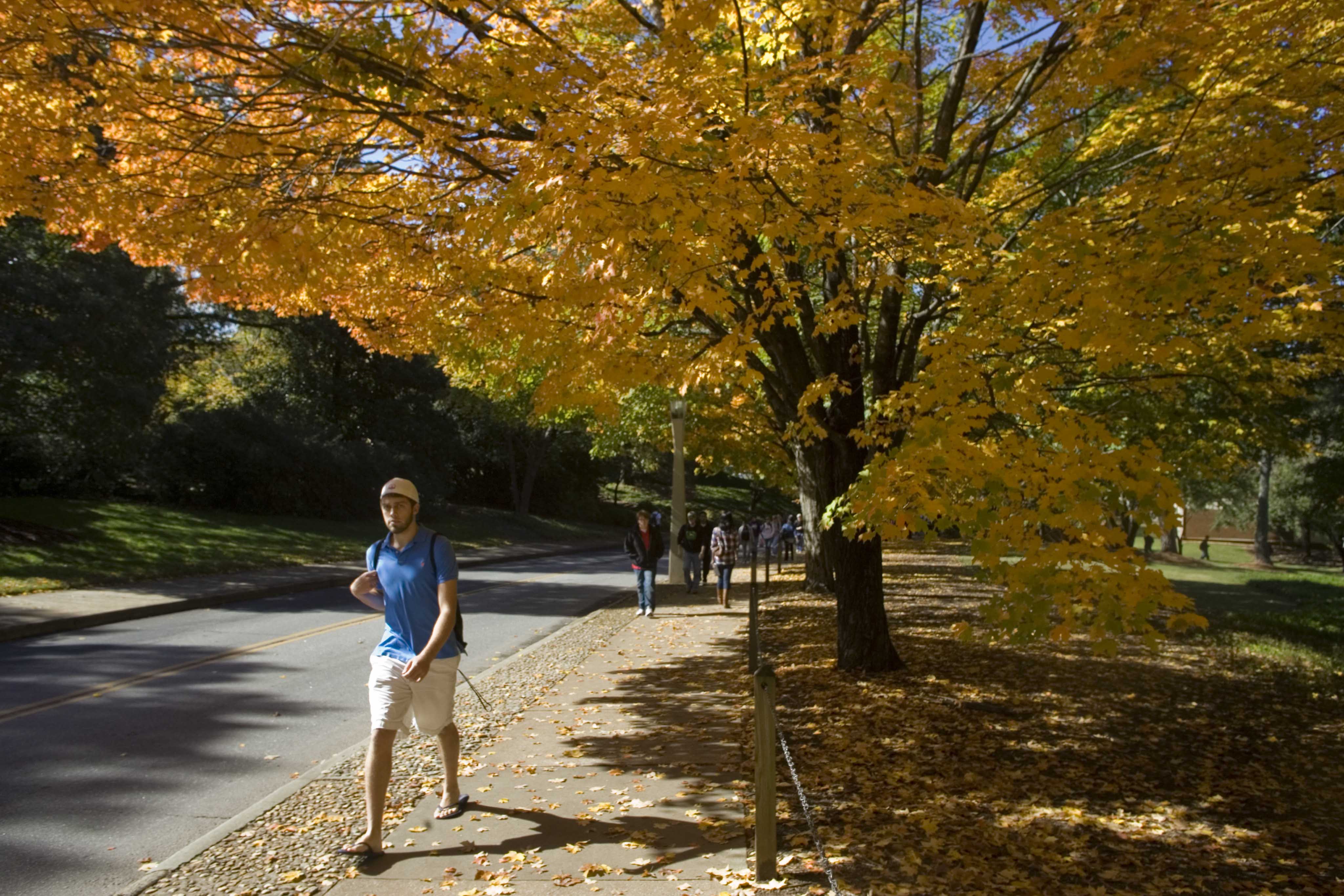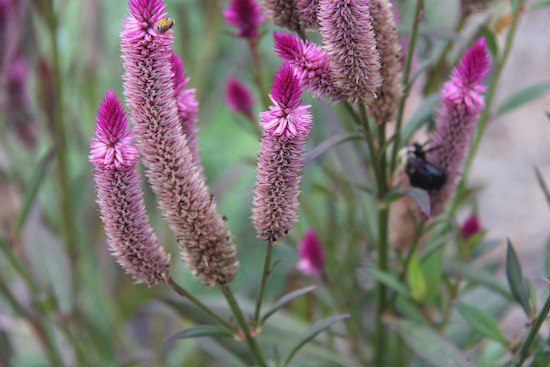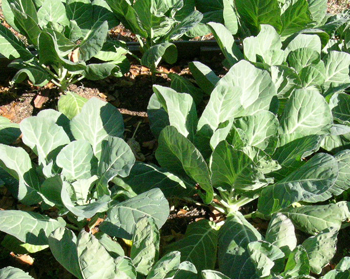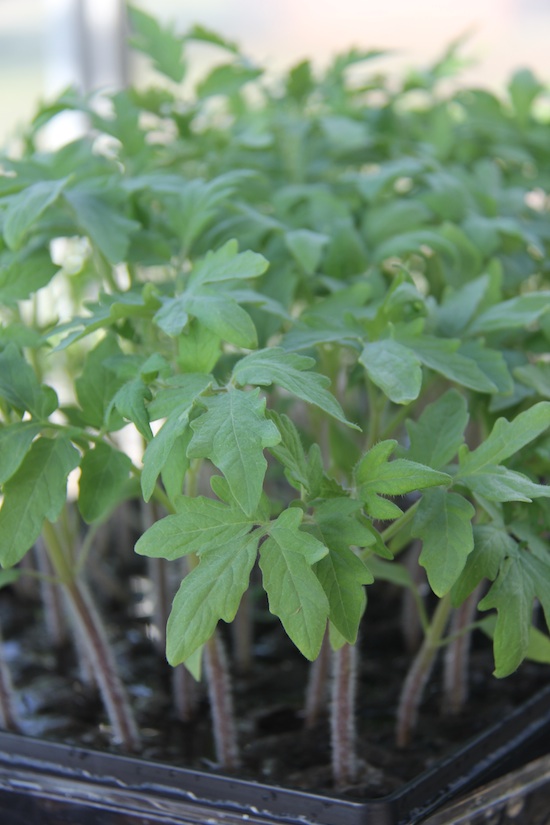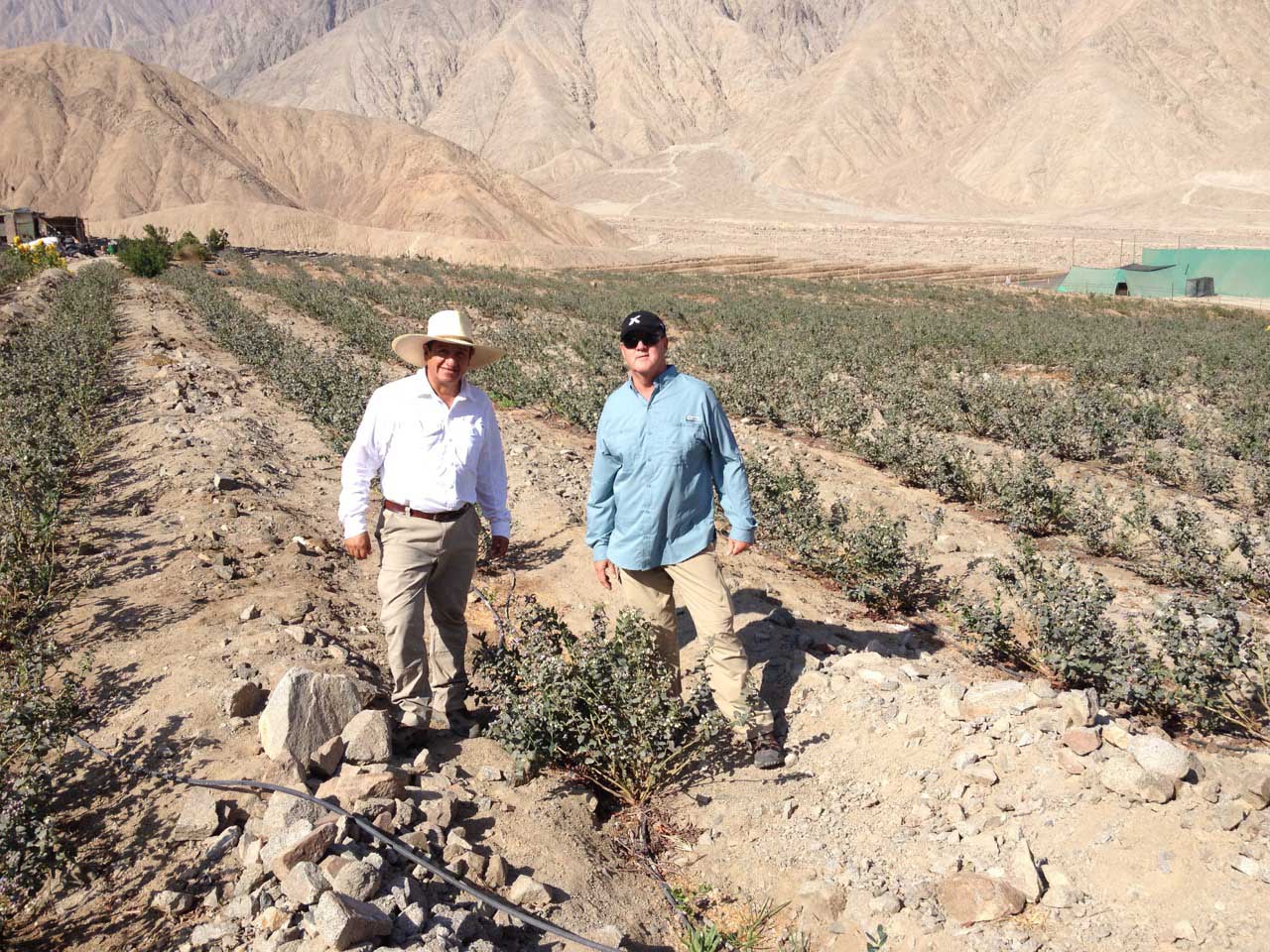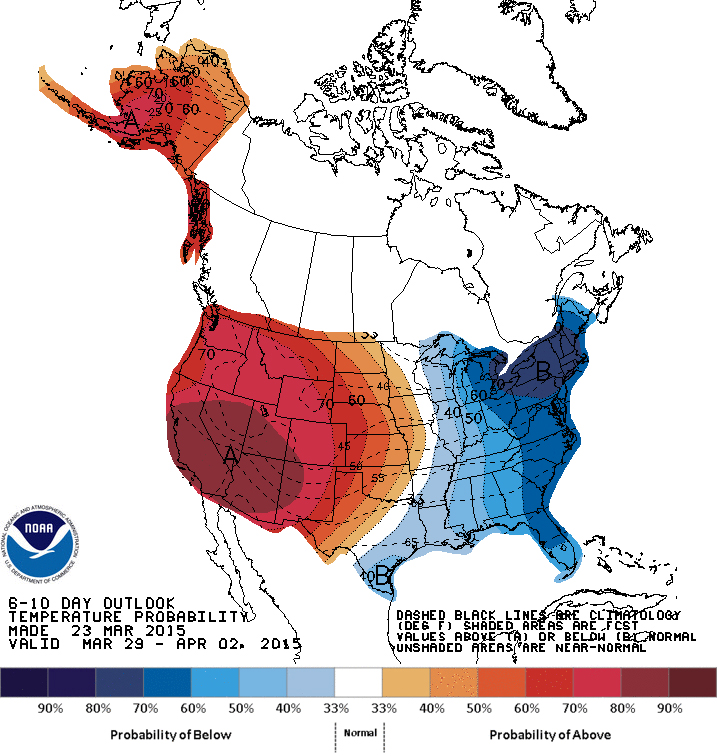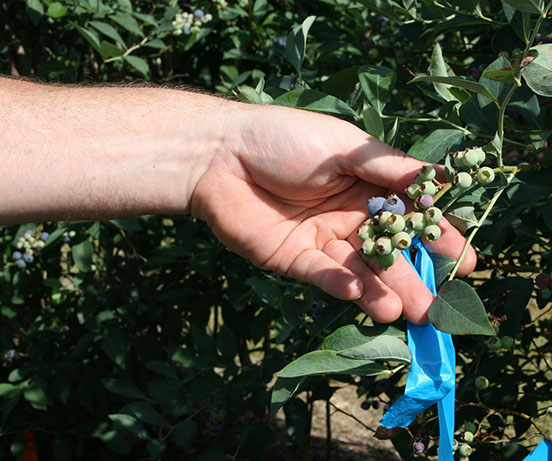.jpg) CAES News
CAES News
Peach Research
The late-March cold spell caused some Georgia peach growers to lose a portion of their crop, but consumers should see a typical selection of fruit when the first Georgia-grown varieties ripen this month, said University of Georgia scientist Dario Chavez.

